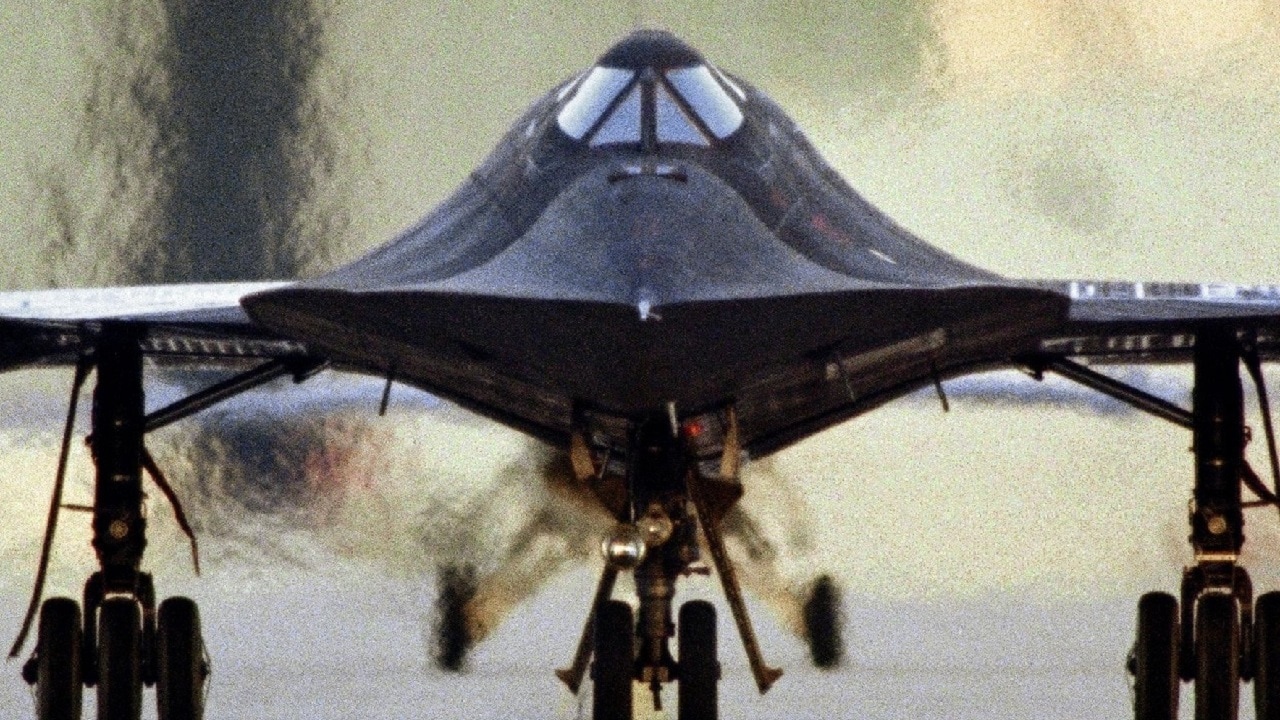Most people would assume that America’s latest fifth-generation fighter jets are the fastest airframes to ever take to the skies. Both the F-22 Raptor and F-35 Lightning II are widely considered to be top-of-the-line airframes that possess an array of sophisticated capabilities. While stealth and supermaneuverability may accurately describe these formidable platforms, record-breaking speeds do not. In fact, the American-made airframe that holds the record for fastest jet ever to take to the skies was introduced more than six decades ago. The Lockheed Martin SR-71 “Blackbird” is well respected by aviation buffs and industry experts alike, considering it can “officially” reach speeds of Mach 3.2 (times the speed of sound). Some former pilots, however, have provided evidence that this long-range, high-altitude, strategic reconnaissance aircraft could actually fly even faster than that.
A brief overview of the SR-71
During the early days of the Cold War, the U.S. relied on the U-2 as its reconnaissance airframe. Designed for the Central Intelligence Agency, the U-2 “Dragon Lady” was flown over the Soviet Union. China, Vietnam and Cuba to collect intelligence for the government.
In 1960, pilot Gary Powers was shot down in a U-2 over the Soviet Union by a surface-to-air missile (SAM). Following this incident, the Air Force worked to rectify this vulnerability by developing a faster reconnaissance airframe capable of flying at faster speeds to surpass the USSR’s interceptors and missiles. Lockheed Martin’s A-12 airframe ultimately became the basis for the SR-71’s design.
By the early 1960’s, the first A-12 took its maiden flight. Over the next few years, thirteen were built and the platform flew missions over Vietnam and North Korea prior to its cancelation. The Blackbird was already in the works at the time, making the A-12 less useful and too expensive to maintain. Lockheed’s infamous Skunk Works team developed the cutting-edge airframe that would prove to out-fly its near-peers at greater altitudes and escape undetected from enemy airframes due to its smaller radar cross-section.
The Blackbird was notably outfitted with a titanium metal exterior that could survive the high temperatures the airframe would generate due to friction with the atmosphere. Since the SR-71 was designed to cruise at “Mach 3.0+” speeds, it truly needed this specialized exterior.
The Blackbird Could Surpass Mach 3.2
An aviation research and analysis expert recounted a story to The Aviation Geek Club involving former Blackbird pilot Brian Shul a few years ago. According to expert Tim Yarrow, Shul actually flew the SR-71 past its Mach 3.2 “limit” over Libya in the mid 1980’s:
“Blackbird pilot Brian Shul described a surveillance mission over Tripoli, Libya, in April 1986. Photographic evidence was required for bomb damage assessment (BDA) following a U.S. bombing run in retaliation for the Qaddafi-sponsored terrorist attack on a Berlin disco.
Satellites were not available to immediately task over Tripoli for BDA. This was a surveillance mission for which the SR-71 was designed, albeit a quarter-century ago.” Shul discussed what happened next in his book Sled Driver: “After several agonizingly long seconds, Co-pilot Walter suggested, ‘You might want to pull it back’. It was then that I noticed……I still had the throttles full forward. The plane was flying a mile every 1.6 seconds, well above our Mach 3.2 limit. It was the fastest we would ever fly.”
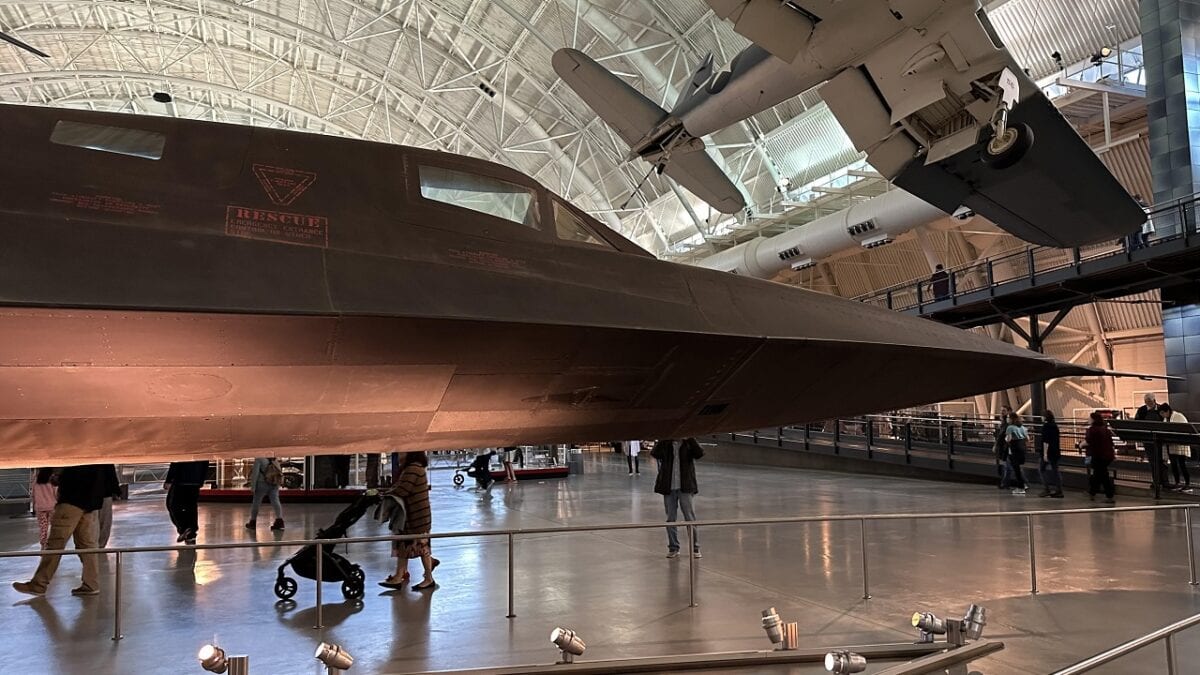
SR-71. SR-71 photo taken at the National Air and Space Museum. Taken by 19FortyFive on 10/1/2022.
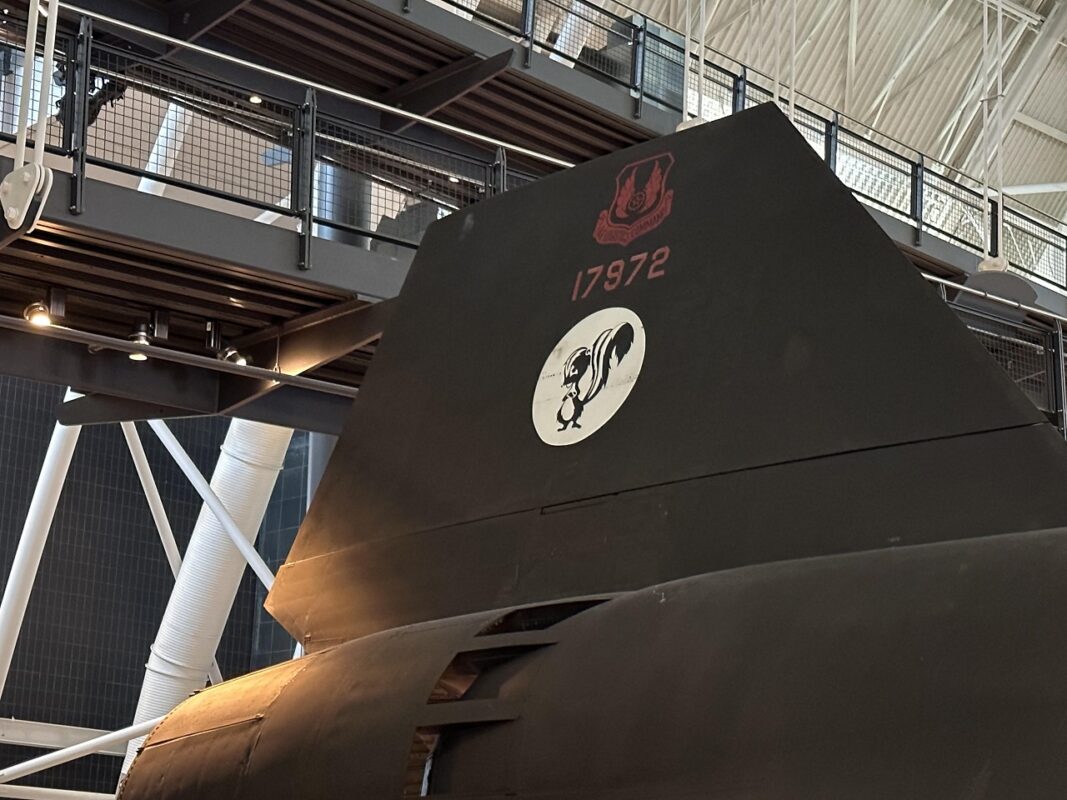
SR-71
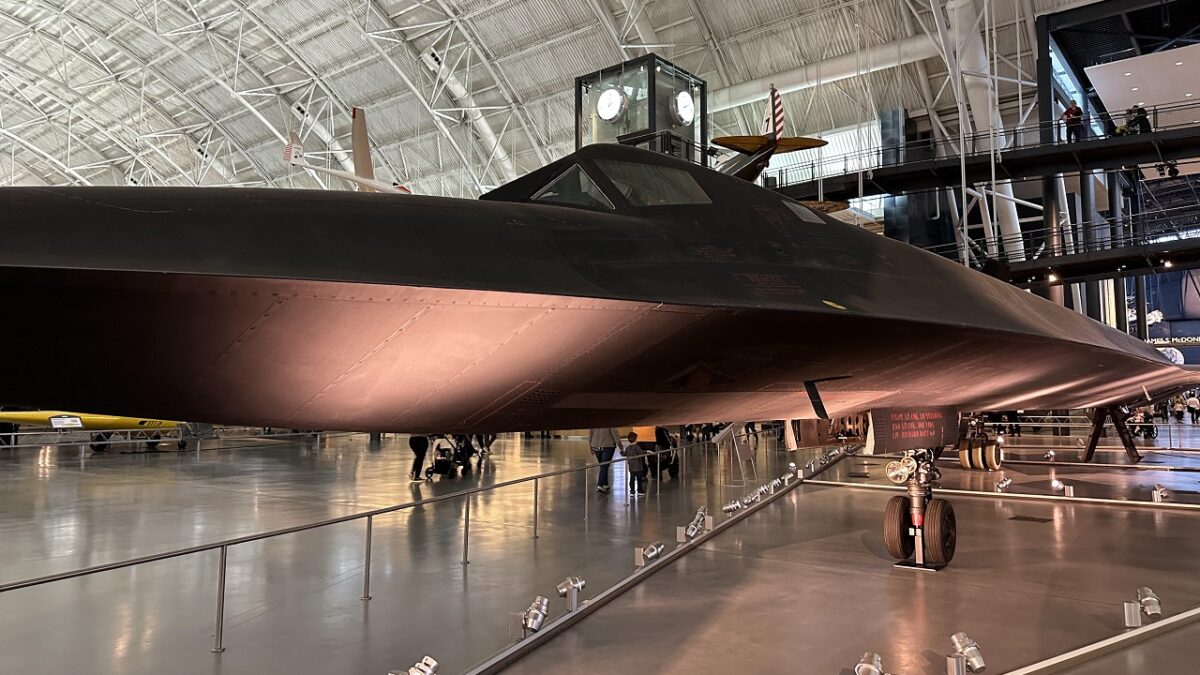
SR-71 photo taken at the National Air and Space Museum. Taken by 19FortyFive on 10/1/2022.

SR-71 Blackbird 19FortyFive Original Image. Taken 10/1/2022.
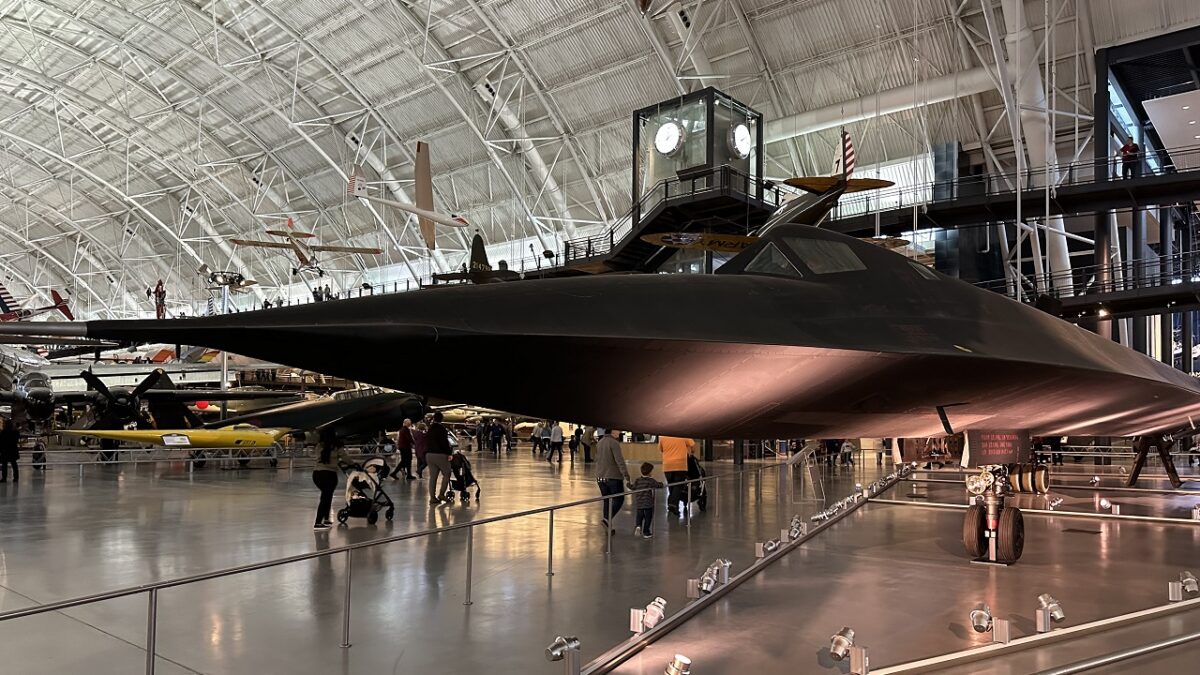
SR-71 Blackbird, Udvar-Hazy Center | National Air and Space Museum. October 1, 2022. 19FortyFive Original Image.
Maya Carlin, a Senior Editor for 19FortyFive, is an analyst with the Center for Security Policy and a former Anna Sobol Levy Fellow at IDC Herzliya in Israel. She has by-lines in many publications, including The National Interest, Jerusalem Post, and Times of Israel. You can follow her on Twitter: @MayaCarlin.

